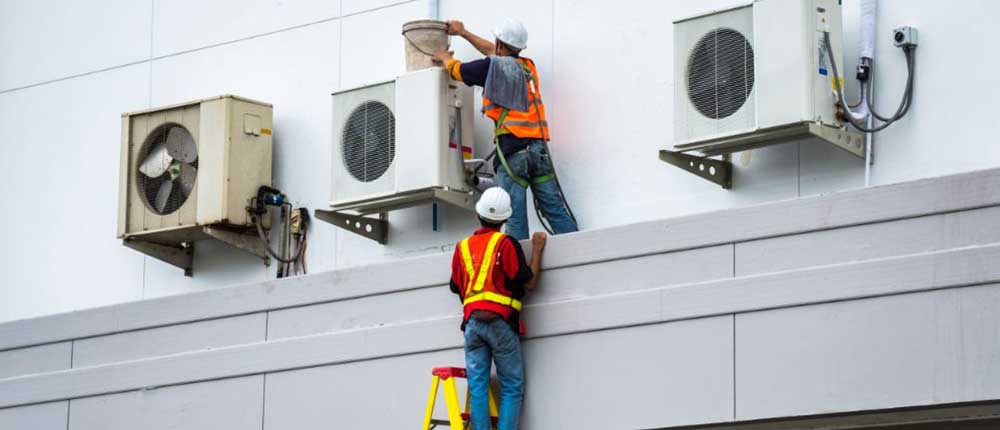Analysing the barriers to promote energy-efficient air conditioners in India
The higher penetration of super energy-efficient 5-star ACs in India helps in achieving lower electricity consumption, lower peak demand, reduced energy bills, and lower carbon footprints.

India has been experiencing a high rate of urbanization from the past few years and it is expected to have a population of over 876 million (over 52%) living in cities by 2050. The current penetration of air conditioners in India is merely between 7-9% which is very low. Understanding the scope and unprecedented growth of the cooling sector, the Government of India released a strategic document ‘India Cooling Action Plan (ICAP)’ in March 2019, explicating India’s vision in reducing the refrigeration and its associated energy, emissions demands, along with building capacities of R&AC service technicians over the next 20 years.
The deployment of energy-efficient appliances/practices are expected to play a significant role in achieving the country’s sustainable cooling agenda. However, its deployment rate is low due to various intrinsic challenges and barriers. This discussion paper presents the analysis of the key barriers hindering the uptake of energy-efficient 5-star air-conditioners in the country.
The three key objectives of the paper are (i) to recognize the barriers; (ii) to estimate its potential; (iii) to prioritize the identified barriers impeding the effective adoption of 5-star ACs. In light of estimating and prioritizing the identified barriers, the study employed the Analytic Hierarchy Process (AHP) method for determining the relative importance of barriers. Anticipating the massive air-conditioners usage in India, it is very important to look at the perspectives of various key stakeholders for the effective formularization of key policies promoting the high-energy efficient air-conditioners. Deployment of energy-efficient ACs based on low-GWP refrigerants could bring substantial emission reduction from the sector along with monetary savings for the consumer and overall maximize the climate benefit.
